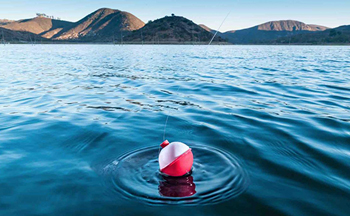California’s Public Trust Doctrine Draws Attention in the Courts
February 1, 2019
Legal Notes, Western City
The common law public trust doctrine in California has long played an important role in protecting navigable waters and waterfronts for the purposes of public use and enjoyment, such as commerce, navigation, fisheries, recreation, and preservation. Cities periodically encounter the doctrine when:
- Administering tideland grants;
- Maintaining or operating ports and harbors; and
- Approving or proposing projects along coastal or bay waterfronts.1
In 1983, the California Supreme Court extended the doctrine substantially in the case of National Audubon v. Superior Court, applying it for the first time to potentially limit water diversions by the City of Los Angeles from streams flowing into Mono Lake.2
In the 30 years following the National Audubon decision, environmental advocates were largely unsuccessful in using public trust litigation to reshape environmental policies in any significant manner. During the past decade, however, California has experienced a surge in the volume of public trust cases and recent court decisions, infusing the doctrine and its reach with renewed vigor. These recent decisions culminated in a ruling from the California Court of Appeal for the Third Appellate District in summer 2018 in Environmental Law Foundation v. State Water Resources Control Board (referred to as ELF). The ruling extends the public trust to a county’s administration of groundwater hydrologically connected to downstream waterways. Because of ELF and other rulings, cities should pay closer heed to the multitude of ways the public trust doctrine is being asserted to challenge land-use entitlements, public infrastructure, and surface, groundwater and reclaimed water supplies that allegedly threaten public trust uses or values.3
To read the full article, please visit westerncity.com.

